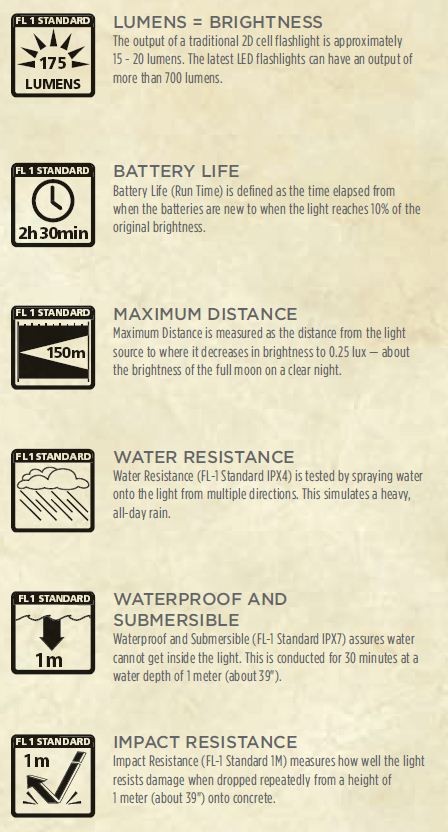How to Buy a Preferred
Post on: 13 Июль, 2015 No Comment

It’s not as easy as with common. Some brokers don’t understand them. The symbols are tricky. Data can be hard to find. But the income makes them worth it.
Buying preferred stock is hardly as easy as buying common. For one thing, information isn’t as available. For another, common comes (usually) in just one flavor, whereas preferreds are all over the place. Some are traditional straight preferreds, some (called trust preferreds) are in effect bonds carved into little pieces, and some (called convertible preferreds) act like a blend of common and preferred stock.
Even stockbrokers have difficulty getting the facts on preferreds. And doing it yourself online can be tricky. But the effort is worthwhile. Preferreds often offer terrific yields. The trust types give you the increased safety of bonds with the liquidity of stocks; anyone who has tried to get in and out of bonds in lots of less than $100,000 principal value will appreciate the fact that preferreds generally trade on exchanges with modest bid/ask spreads. The convertibles are desirable for yet another reason: They offer some of the upside of common stock with a safety cushion related to their value as fixed-income securities paying a nice coupon.
Here are some of the questions to ask when you shop for a preferred: Is the yield in line with the rating? If it’s a minibond, is it senior or junior to other bonds, and can its payments be deferred if the issuer gets into trouble? If it’s a convertible, is the conversion mandatory or at the option of the holder? For all of them: When and at what price can the security be called in by the issuer?
An excellent place to get answers is a Bloomberg terminal. Your broker or adviser may have one, but the machine is expensive to rent, meaning it doesn’t make sense for individual investors. If you don’t have a broker, or want to do the research yourself, there are several Web sites to help you.
You can always go to a company’s Web site and scan its SEC filings, which will give you some particulars but generally not the offering prospectus. You can get that, gratis, by logging onto www.freeedgar.com, which taps into SEC data. Another free site, www.quantumonline.com, lets you read the entire original prospectus, the latest SEC filings and company press releases. Quantum provides a short descriptive paragraph of the security; from there on, it links you with other information sources.
A pay site dedicated solely to preferreds, www.epreferreds.com, charges $10.50 for a day, or $295 a year, for access. This site furnishes more information. But neither Quantum nor Epreferreds offers a list of preferreds to select from, or their credit ratings. At the risk of immodesty, my site, available to subscribers to the Forbes/Lehmann Income Securities Investor newsletter, does provide you with a shopping list.
A big obstacle in your search is the chaos in the ticker symbols. Consider Semco Capital Trust II convertibles, an 11% issue that must be converted to common this coming August. Natural gas distributor Semco Energy’s common is at a low ebb, so converting will reduce what appears to be a 23% yield to a more modest 11%, if the stock doesn’t sink even lower. The Semco preferred trades under the different quotation systems with the symbols: SEN I, SEN-I, SENPI, SENPRI, SEN PRI, SEN+I and SEN_PI. Some companies have the same symbol for their common and their preferreds, such as uranium miner Cameco (CCJ) and defense contractor Raytheon (RTN).

If you want to trade online, know that some brokers are better than others at preventing you from buying the wrong issue. Among the safest is Schwab. When you place an order, Schwab sends you a description of what you are buying and the current ask price, and you must okay that. Scottrade only plays back the symbol of what you entered with the current bid/ask price and volume information–a problem with a Cameco or a Raytheon. You need to enter a delimiter symbol, such as “p” or a “+” after their tickers to differentiate it from the common.
What’s good to buy now? One trust preferred I like is the DaimlerChrysler 7.87% 8/01/2097 Preferred (25, KCV). which you sometimes see listed as CORTS-Chrysler. It’s backed by a trust holding Chrysler bonds, it sells near its par value and is rated A3/BBB+.
Some of these trust preferreds are created by brokerage houses out of company bonds they own, and are listed under an acronym or the broker’s name. One I like is listed as CBTCS 8.37% 11/15/2028 Series MOT (25, XFJ). Here, MOT stands for Motorola. Lehmann Brothers packaged the underlying Motorola bonds, rated Baa2/BBB. Like most trust preferreds, this one has a long maturity and would be hurt by a rise in interest rates. But I don’t expect a large rise in 2003.
Richard Lehmann is editor of the Forbes/Lehmann Income Securities Investor. Visit his homepage at www.forbes.com/lehmann .














